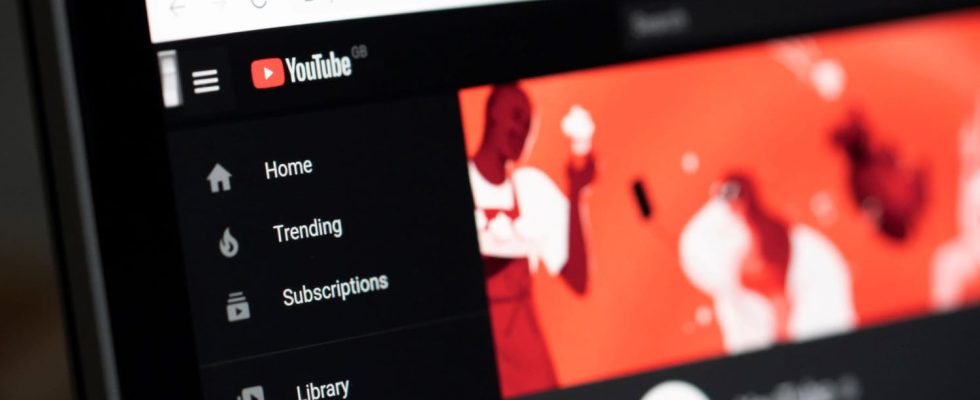The ban on ad blockers on YouTube annoys many users who refuse to see ads before their videos. But some smart people have found workarounds. And this is probably only the beginning!
Until now, blocking ads on YouTube was a relatively easy task thanks to various ad blockers – an app or web browser extension that detects ad codes and automatically blocks them before they have time to load ads. A way to make your navigation much more pleasant, without being constantly bombarded by dozens of pop-ups and other invasive banners, and to further protect your personal information. Suffice to say that this did not suit Google, the firm drawing a large part of its revenue from advertisers. Also, the Internet giant recently adopted stricter measures, displaying a pop-up message telling smart people that ad blockers are not allowed and inviting them to subscribe to the YouTube Premium paid subscription (see our article). Impossible to watch his video! Suffice to say that many users are particularly upset by Google’s new policy. Some were quick to take their “revenge” and figure out how to get around these restrictions, such as using YT Siphon, a Firefox extension that redirects YouTube URLs to alternative frontends.
YT Siphon: a clever bypass
The particularity of YT Siphon is to adopt an alternative way of accessing videos without advertising, simply by opening them in its own interface. To benefit from it, simply download the extension from the Mozilla store and activate it. Next, go to YouTube. You have two options: if you have a video page open, press Alt+J on Windows or Option+J on Mac; If you are browsing YouTube, Shift + click on the video to watch. In both cases, the video will open without advertising on the Piped.video site, which is an alternative frontend to the Google platform.
But YT Siphon is not the only solution that Internet users have found to “resist” YouTube’s new policy. Some ad blockers have not yet been restricted – for the moment –, like Ublock Origin and Ghostery. Other users have found more creative ways, bypassing the anti-blocker using the Windows Phone fire for example – which is particularly ironic, given that YouTube has hammered the final nail into the operating system’s coffin. Afterwards, everyone has their own solution, whether it is paying for YouTube Premium, changing your ad blocker or using a modified version of the service. But it’s a long game of cat and mouse that begins between Internet users and the Internet giant, determined to recover its shortfall.
